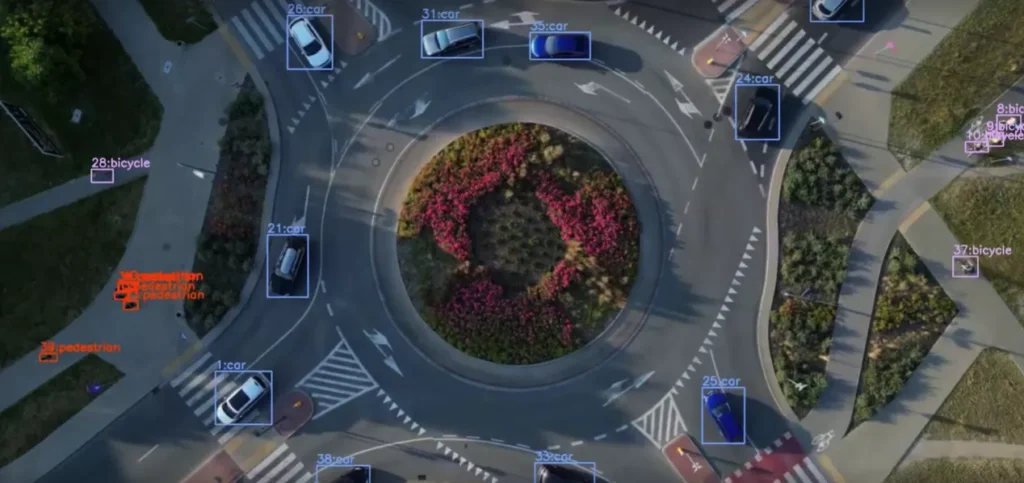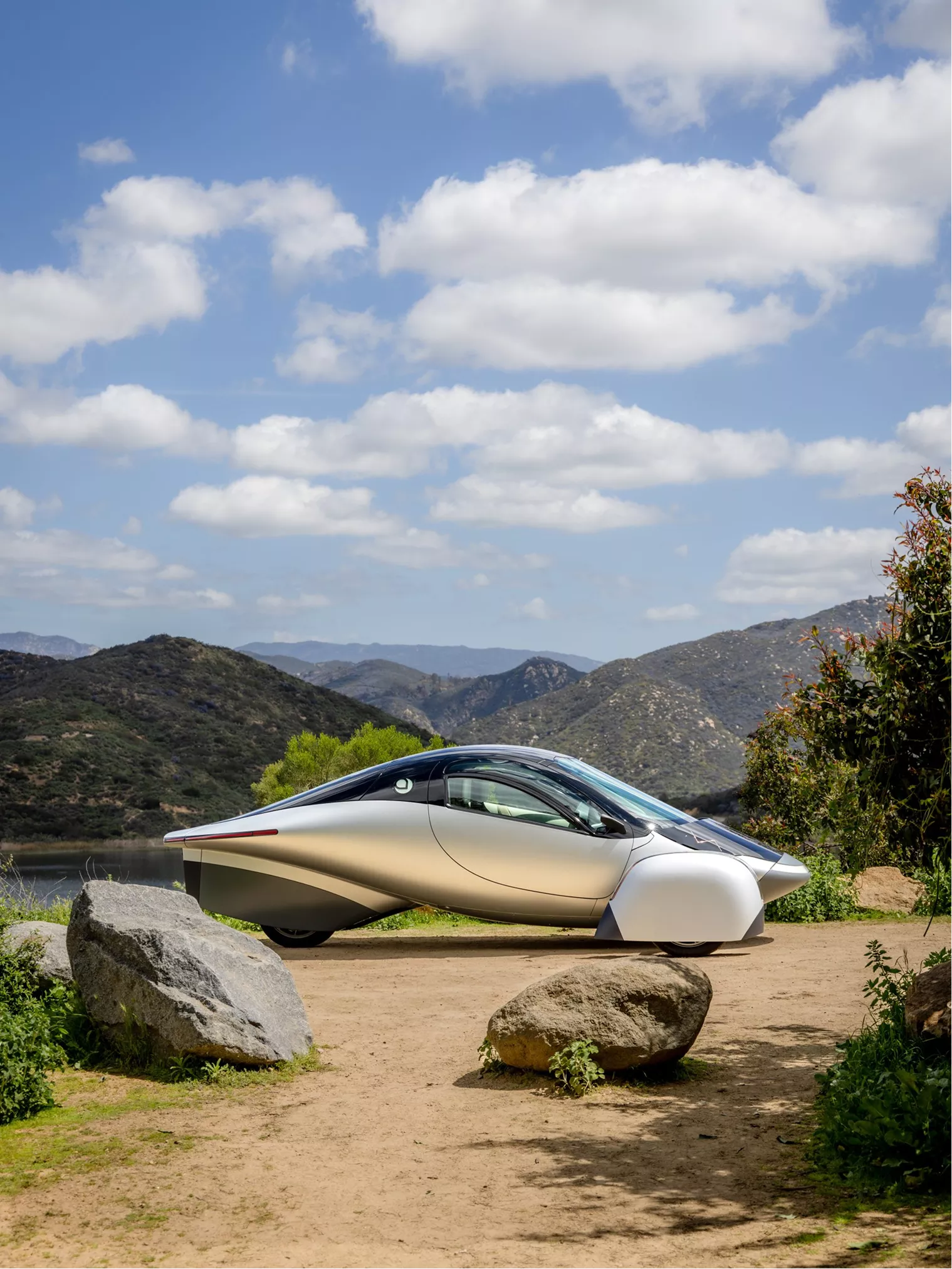






From EVs and batteries to autonomous vehicles and urban transport, we cover what actually matters. Delivered to your inbox weekly.
The Australian government will invest AUD 60 million to build new electric vehicle charging stations across regional and remote areas, aiming to close critical infrastructure gaps that have limited EV access outside major cities.
The effort is part of a broader strategy to ensure charging equity and to enable long-distance travel for EV users, key barriers to adoption in rural Australia.
These new stations will be located in towns with fewer than 10,000 residents, many of which currently lack any public EV charging infrastructure. That makes the initiative central to unlocking EV adoption beyond urban markets, where range anxiety and sparse infrastructure have curbed demand. For a country with vast geography and low population density outside coastal cities, reliable regional connectivity is essential to building a cohesive national charging network.
Funding will be administered by the Australian Renewable Energy Agency (ARENA), which is also overseeing complementary efforts to decarbonize heavy transport and support grid resilience. Most of the new charge points will be powered by solar energy, reinforcing the government’s dual push on carbon reduction and energy security.
The investment aligns with the government’s incoming New Vehicle Efficiency Standard, which will encourage automakers to sell more low-emission vehicles. Without sufficient charging infrastructure, particularly outside metropolitan areas, that policy would risk being undercut by logistical constraints. Strengthening regional coverage directly supports both demand-side growth and future compliance.
The latest funding round also builds on a larger trend: state and territory governments are increasingly co-funding EV infrastructure, melding federal allocations with local deployment strategies. That coordination could prove critical for sustained deployment, especially as federal stimulus tapers over time.
For stakeholders, the strategic implications are clear:
With nationwide charging coverage a prerequisite for mass EV adoption, especially in a country where median distances are high, this regional buildout marks a serious pivot from early infrastructure efforts centered in coastal cities.
Industry attention will turn next to how well execution matches ambition — and whether it sparks movement in fleet deployment and consumer uptake outside metro hubs.